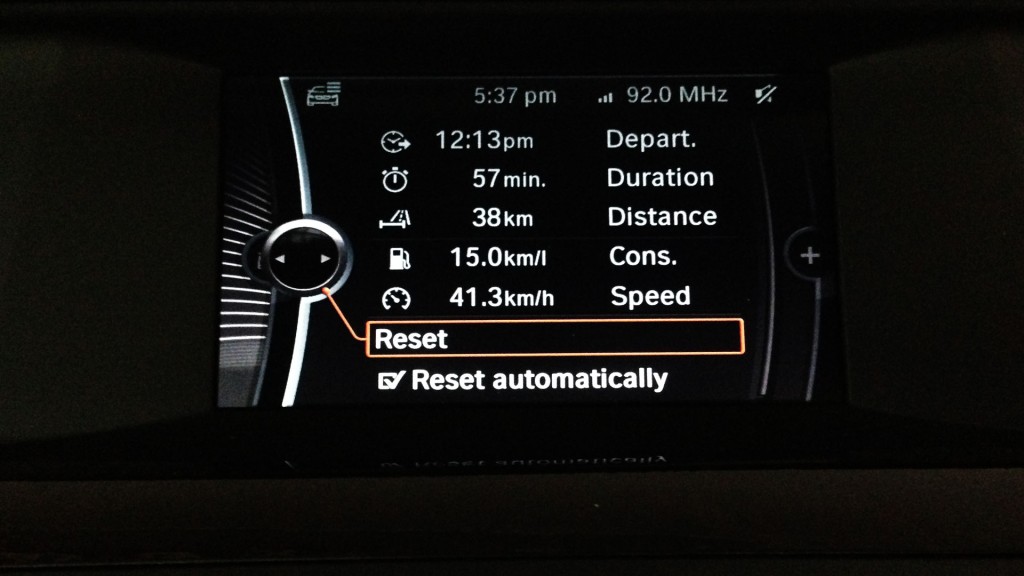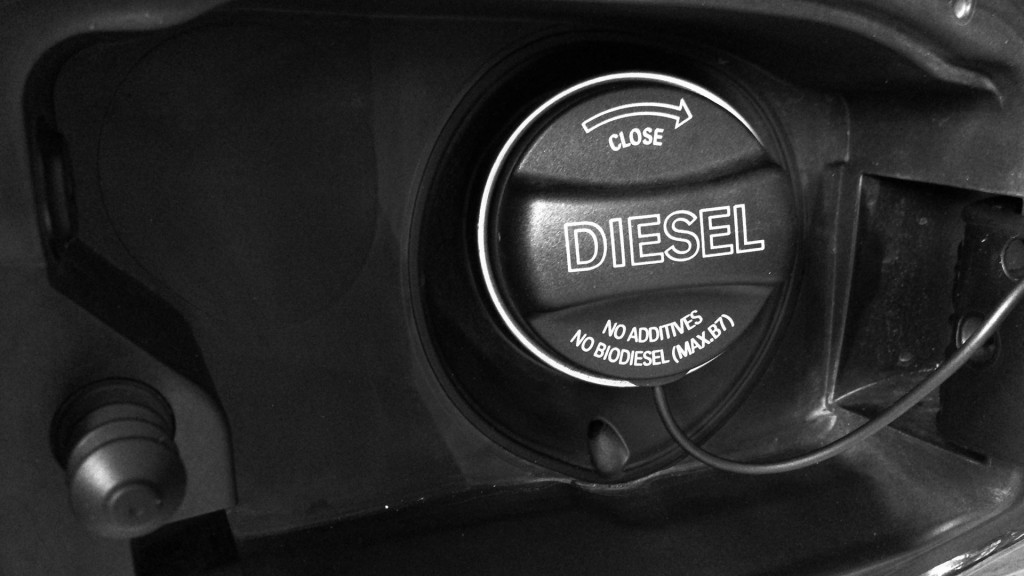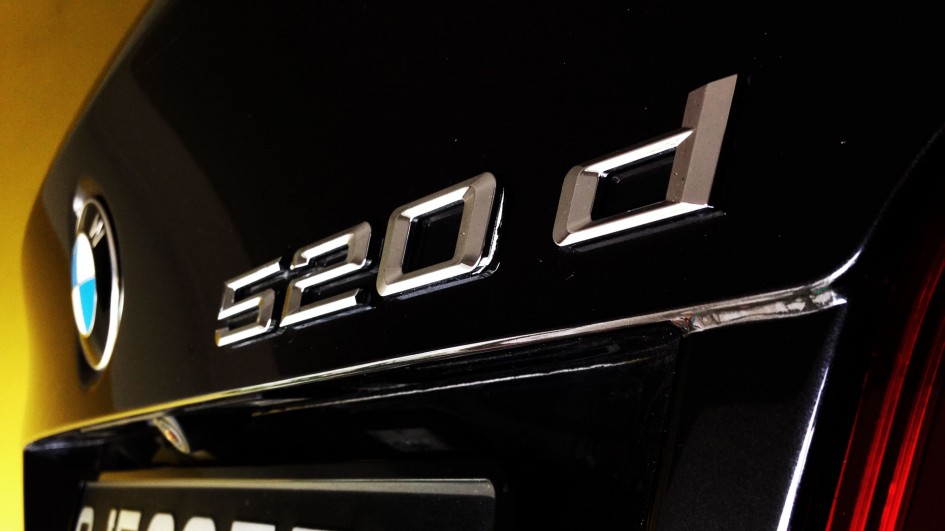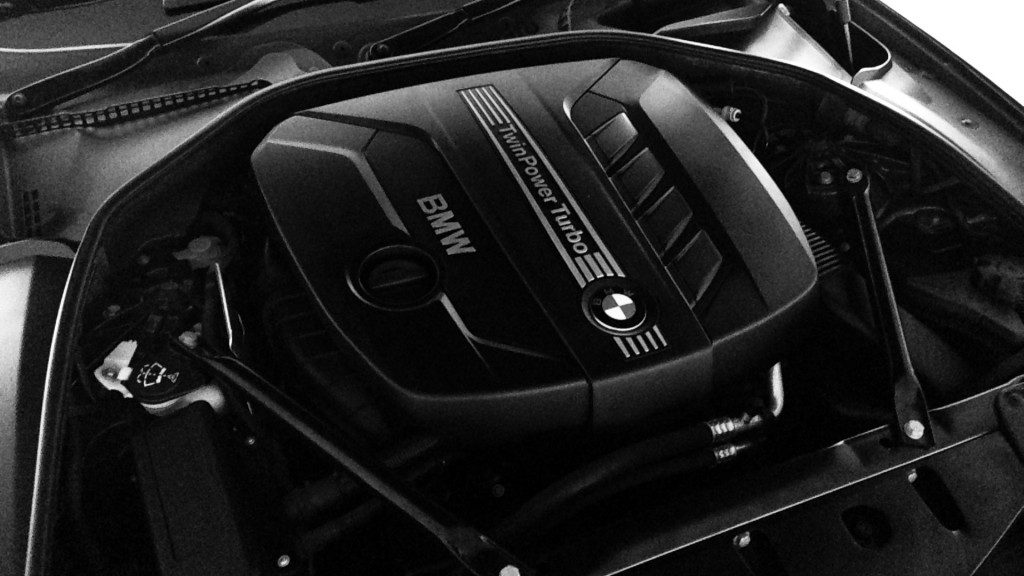When it comes to technology, I’m usually an early adopter and there’s no exception when it comes to cars.
When I saw a resale BMW 520d (internal code name F10) for almost $20K below what its petrol siblings were asking for on the market, I jumped on it right away. The car is well optioned with multi-contour ventilated seats, 4-zone air-conditioning, premium hi-fi and the M-sport bodykit. These factory options aren’t cheap, which explains why the car also has an extremely high OMV value.
I was sufficiently warned of the NVH (Noise, Vibration and Harshness) of diesels, so when I test drove the car it exceeded my expectations. Still, I knew I was venturing into uncharted waters, but the tremendous torque and potential fuel savings beckoned and I took the plunge.
I thought this would be a fantastic comparison because I had the same car but with a different engine. The old car had the legendary BMW inline-6 2.5L naturally-aspirated engine, code-named N52 (badged 523i). This new car has the BMW inline-4 2.0L variable geometry turbocharged diesel, code-named N47. It’s good to note that BMW enthusiasts swear by the N52 — some refuse to buy the car if it does not come with an inline-6.
Both are small engines considering the massive weight of the car (1.7+ tonnes). The diesel is slightly heavier (~50kgs). Both cars have the same transmission (ZF 8HP).
6 months down the road, what are my thoughts? No regrets — the diesel engine pulls effortlessly from just above idle to 4,000+ rpms. The massive 350Nm of torque is fantastic for city driving and it is no slouch on the highway either; I’d easily hit 110kph without even noticing that I had to configure a speed alert to warn me.
The final drive of the 520d is also taller than the 523i thanks to the massive low-end torque. The car cruises on gear #7 well under 2,000 rpms at the legal Singapore speed limit of 90kph; there’s 8 gears on this tranny so it will also do 110kph under 2,000 rpms on the NSHW. This low-revving is probably why the engine is barely audible on the highway.
Fuel economy? I averaged 13km/l (over the last few months) with fairly spirited driving, or about 800 kilometers on a tank of gas. I refuel my car once every two weeks now (was weekly). Bear in mind my engine hasn’t really broken in yet; it’s still under 10,000 kms and I am starting to get better fuel economy as the months go by.

On good days like today the fuel economy can reach 15km/l; notice the low average speed of 41km/h. This was just a drive out for lunch and a short drive back home (no jams).
I only drive on average 1,500 kms per month and my monthly fuel bills have already shrunk from $330-350 (Esso 8000) to $170-180 (Esso Diesel). My daily commute is around 60-70% city, 30-40% highway.
Although I pay more for road tax (about $400 more per annum), the savings in fuel more than makes up for it.
So what are the drawbacks of driving a diesel?
There’s definitely more NVH as compared to BMW’s creamy smooth Inline-6 engine. I do also miss the aural pleasure from my old car, but for daily driving the torque of the diesel and the way it pulls away from cars effortlessly with no drama wins me over.
I also cannot refuel in Malaysia (yet) because they do not yet have Euro 5 diesel (currently Euro 2M), although a full tank will likely bring me to KL and back. I heard some mixing shouldn’t do much harm. Note that the engine can handle any type of diesel, it’s just the emissions systems, particularly the Diesel Particulate Filter (DPF) that have trouble with lower grade diesel. Malaysian 520ds do not have DPFs to work around their fuel problem.

Unfortunately I can only fill up Euro 5 diesel and it is not available across the causeway yet. Not even knife brand cooking oil can be used — it states clearly NO BIODIESEL.
I do also get surprised looks at the petrol kiosk when I stick the diesel nozzle into my car, and occasionally some weird stares as I drive past unsuspecting people; I guess it must be the ticking of the diesel engine that people relate taxis to.
Servicing costs me $30-40 more, primarily because my oil filter is uncommon and costs more. I use the same type of engine oil as other modern BMW petrols (BMW approved LL-04 such as Mobil-1 0W-40 ESP). As a plus, I do not have spark plugs, so that may equal out the extra costs of the oil filter. Modern BMWs use pretty expensive platinum sparks that should be changed every 50,000-60,000 kms or so.
Driving the diesel 520d has been an absolute joy and I think it is the way to go — at least for the next 5 years. Alternative energies/technologies such as compressed natural gas (CNG), hybrid electric, fully electric, or fuel cell have some ways to go and the present infrastructure is lacking to support these technologies. (Sidenote: The BMW i3 seems pretty promising if you live in a landed property.)
Remember that my car is over 1.7 tonnes unladen, and weight is a major contributing factor to fuel economy. If you buy a smaller diesel like the Volkswagen Touran 1.6 TDI, you will likely achieve 16-18km/l without breaking a sweat.
I really hope more car owners in Singapore will switch to diesel. For the same amount of fuel, diesel is almost twice as efficient — we could keep fossil fuels around maybe just a little bit longer.
Read my follow up article after two years of driving the BMW 520d.

